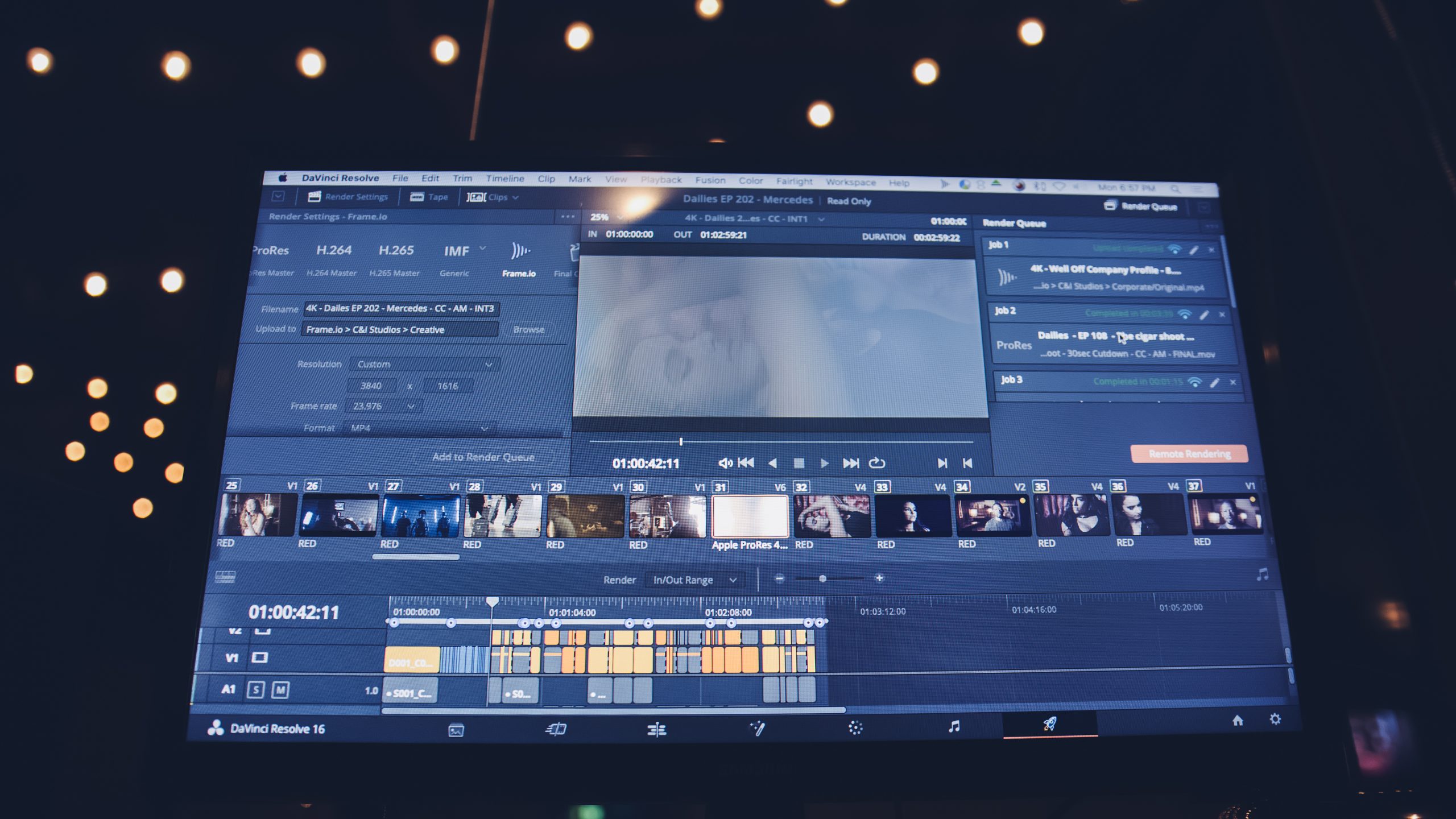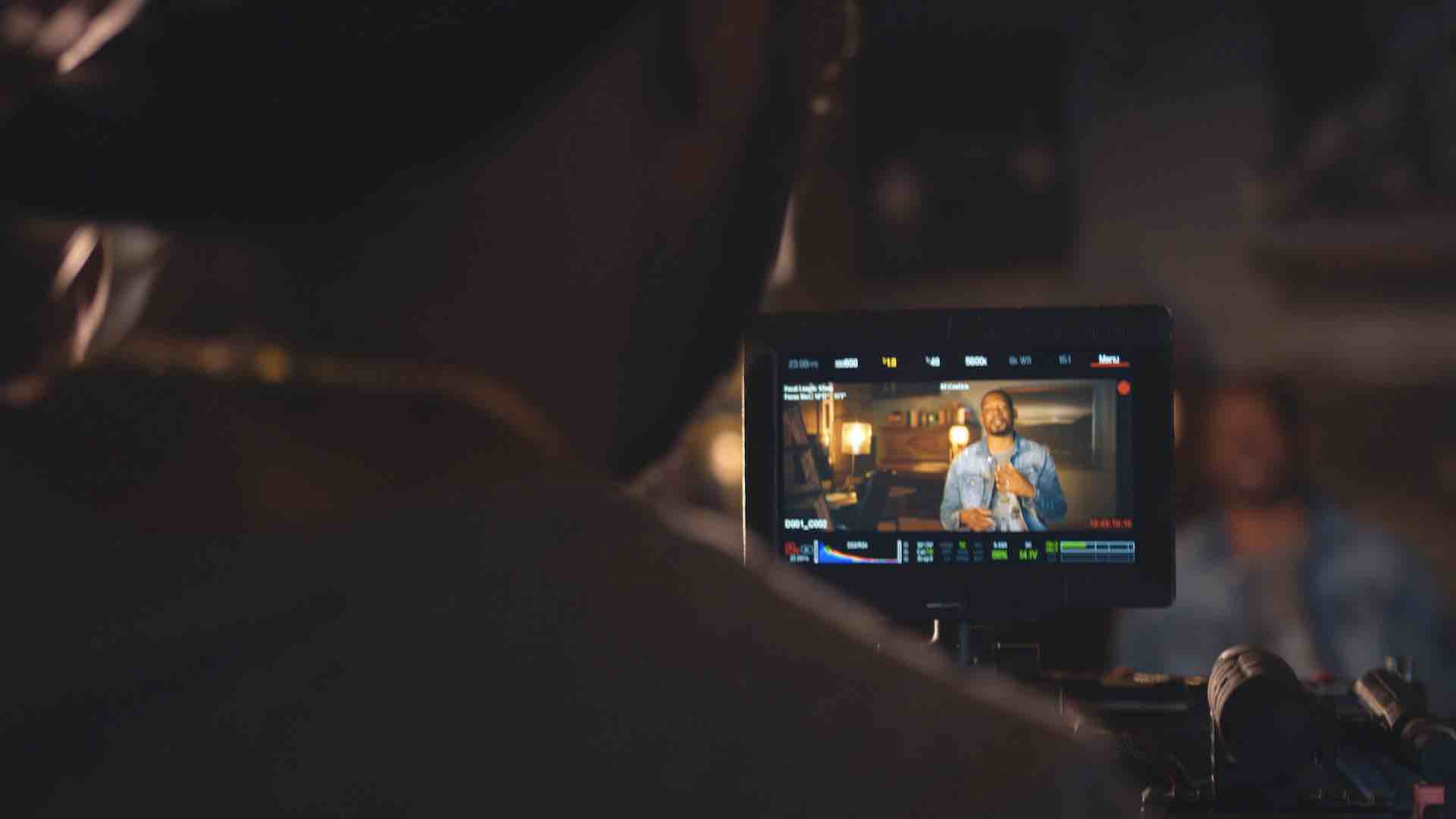The Convergence of Gaming and Entertainment: Opportunities for Cross-Platform Engagement
The convergence of gaming and entertainment, particularly through cross-platform engagement, is reshaping the entertainment landscape and creating exciting opportunities for gamers, developers, and advertisers. This trend is leading to more innovative and engaging gaming experiences, more communities, and new revenue streams. For instance, cross-platform collaboration is being leveraged by brands to promote user engagement across gaming platforms and social media influencers.









